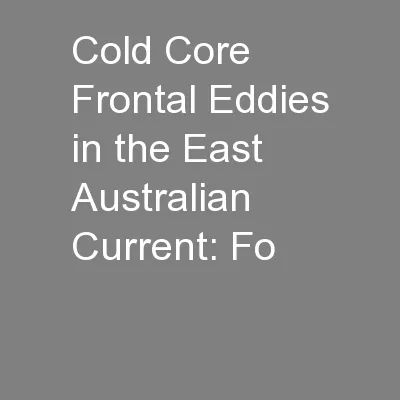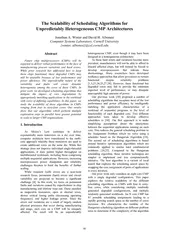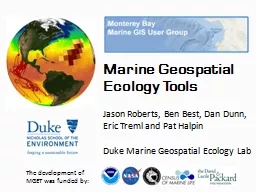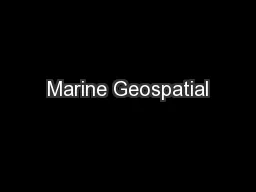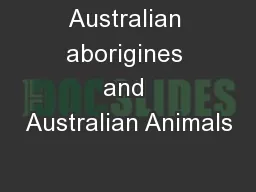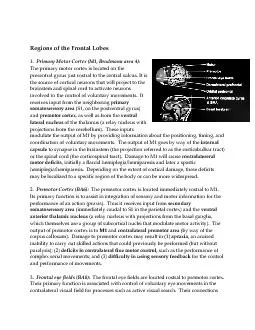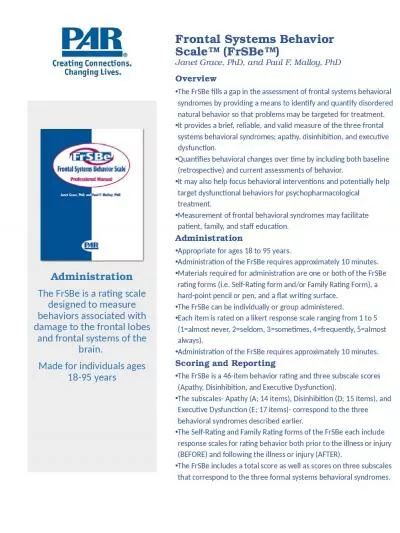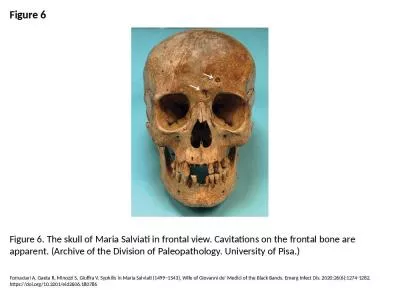PPT-Cold Core Frontal Eddies in the East Australian Current: Fo
Author : tatiana-dople | Published Date : 2016-04-01
Moninya Roughan Helen Macdonald John Wilkin Mark Baird Jason Everett UNSW Coastal and Regional Oceanography Group wwwoceanographyunsweduau Circulation around Australia
Presentation Embed Code
Download Presentation
Download Presentation The PPT/PDF document "Cold Core Frontal Eddies in the East Aus..." is the property of its rightful owner. Permission is granted to download and print the materials on this website for personal, non-commercial use only, and to display it on your personal computer provided you do not modify the materials and that you retain all copyright notices contained in the materials. By downloading content from our website, you accept the terms of this agreement.
Cold Core Frontal Eddies in the East Australian Current: Fo: Transcript
Download Rules Of Document
"Cold Core Frontal Eddies in the East Australian Current: Fo"The content belongs to its owner. You may download and print it for personal use, without modification, and keep all copyright notices. By downloading, you agree to these terms.
Related Documents

